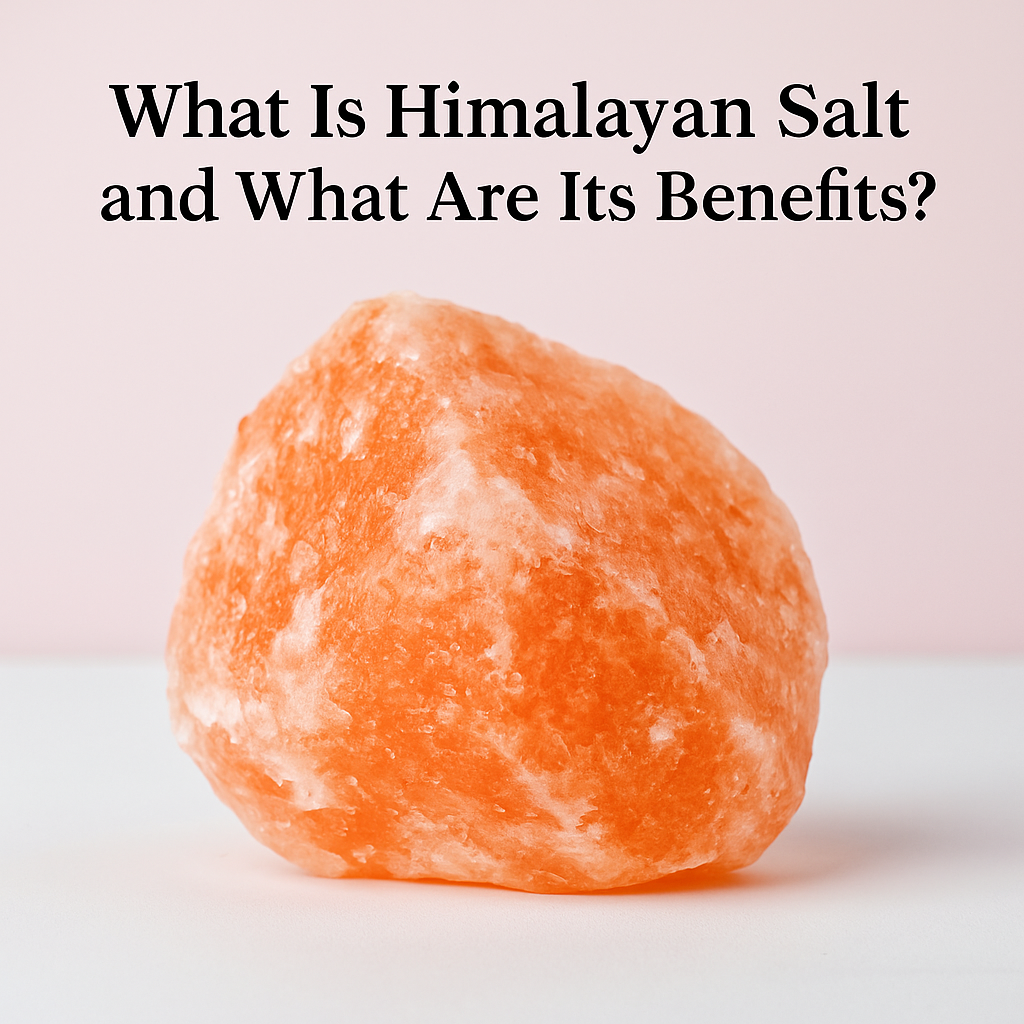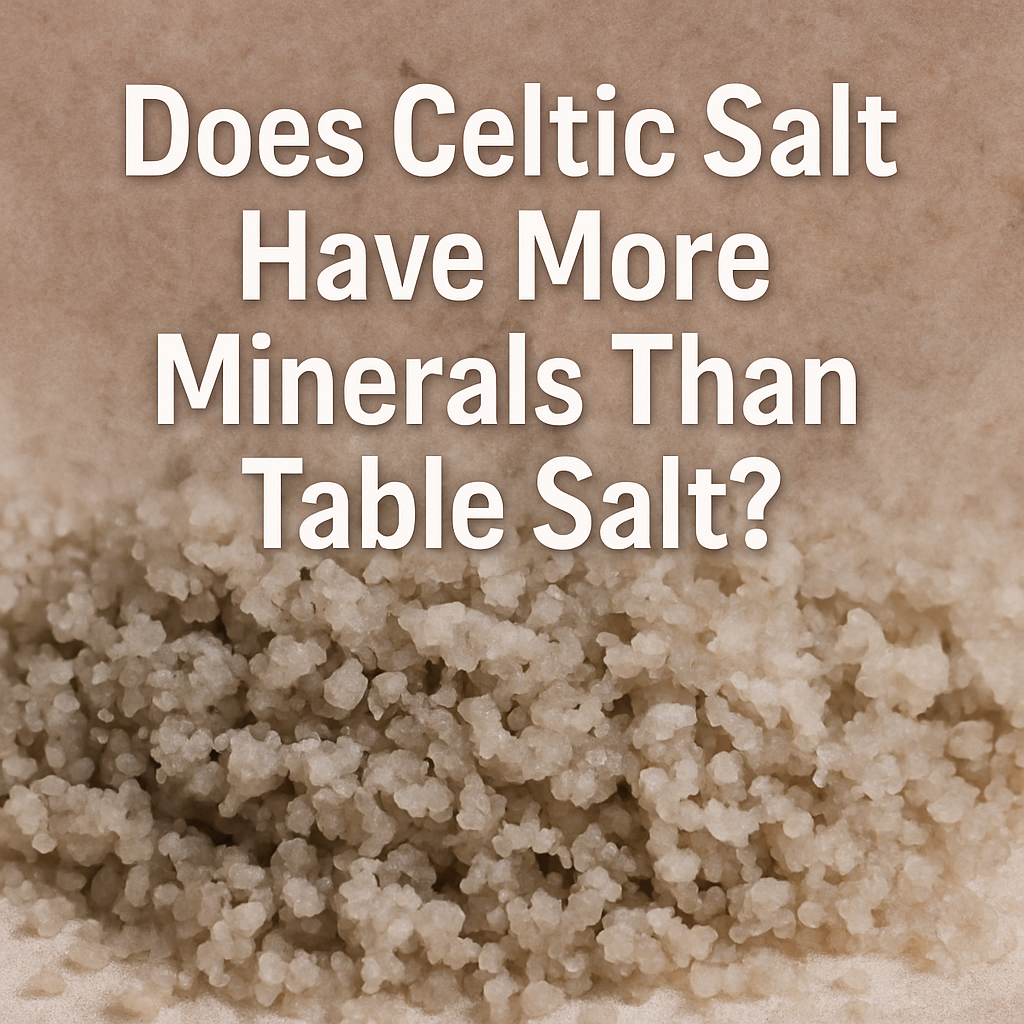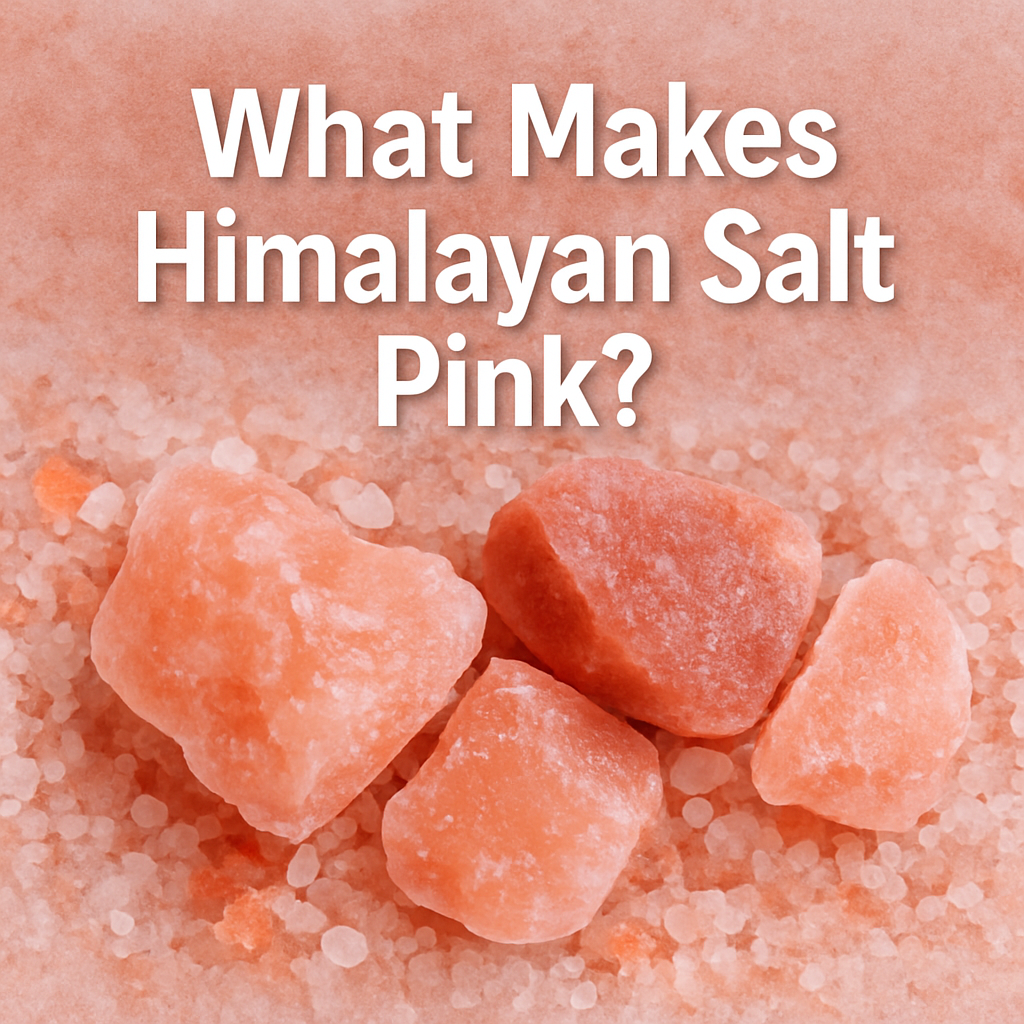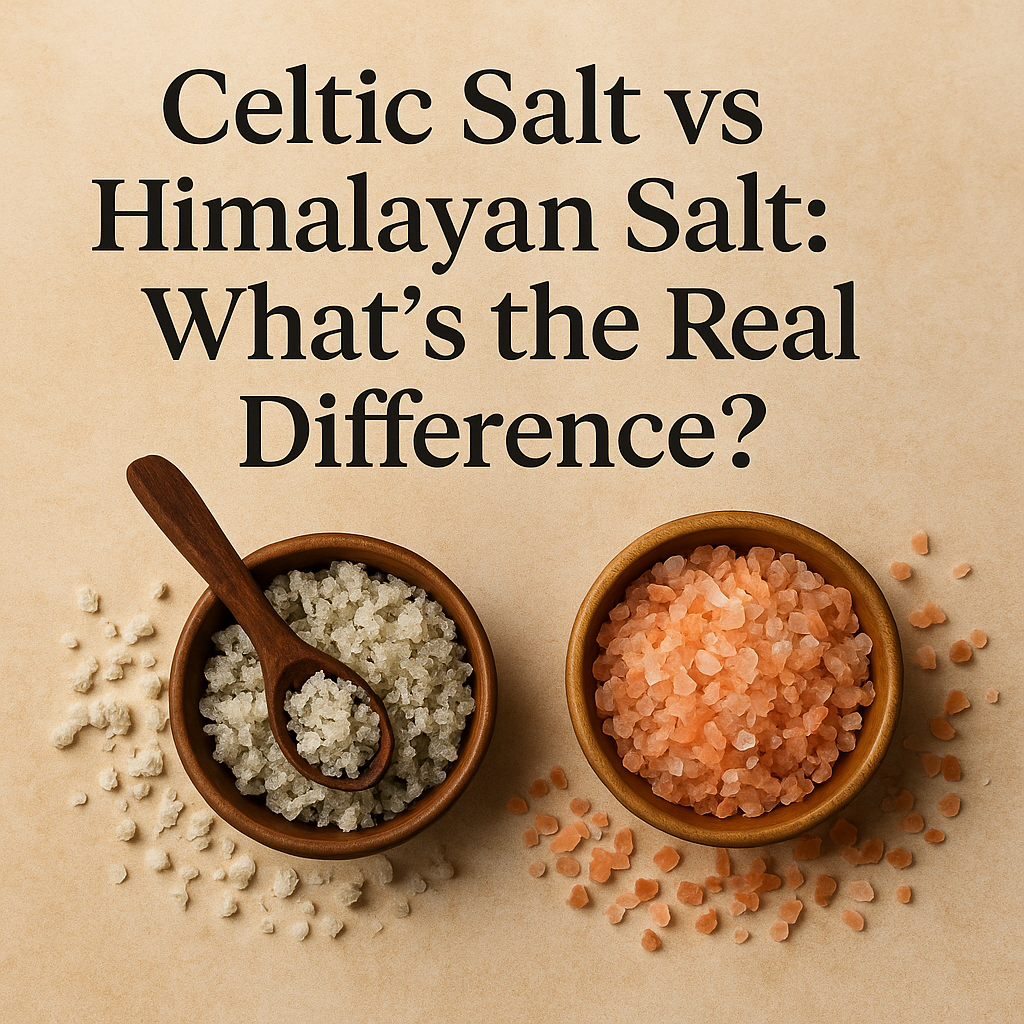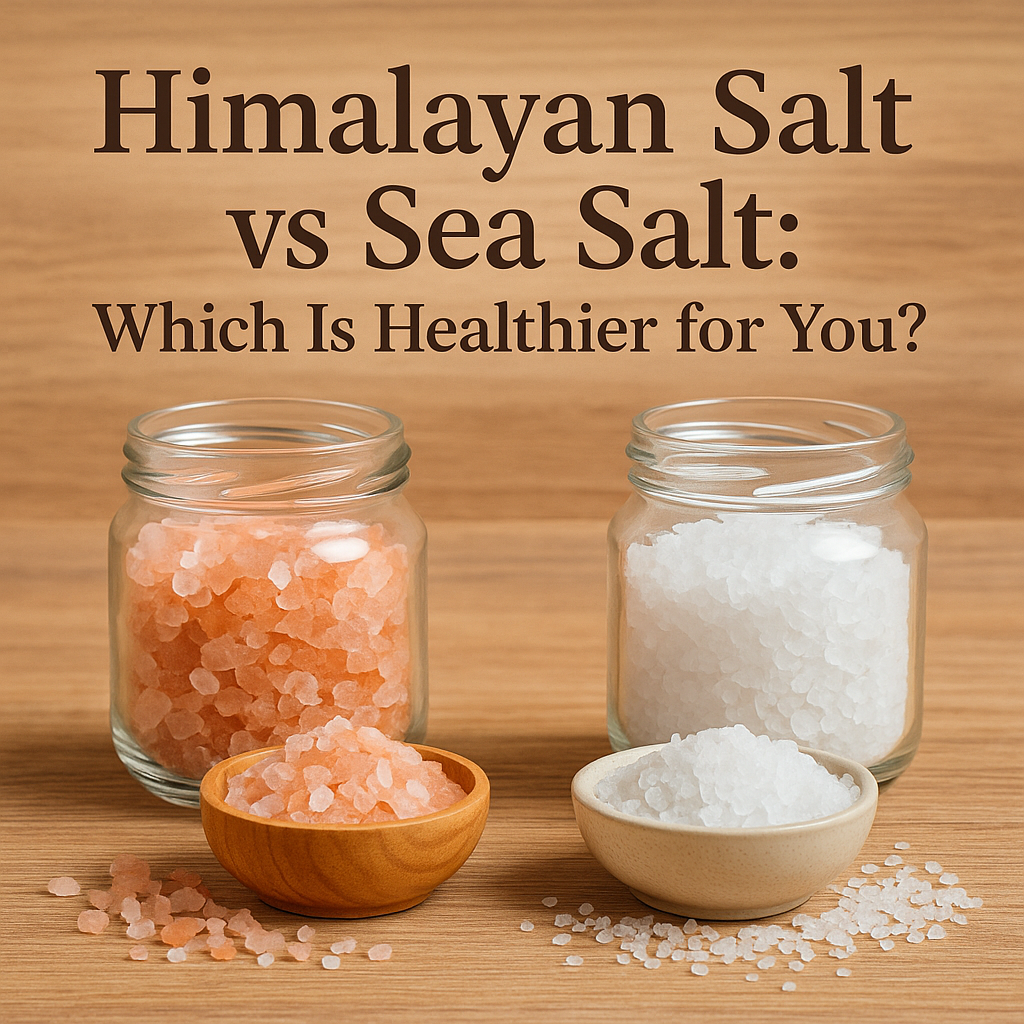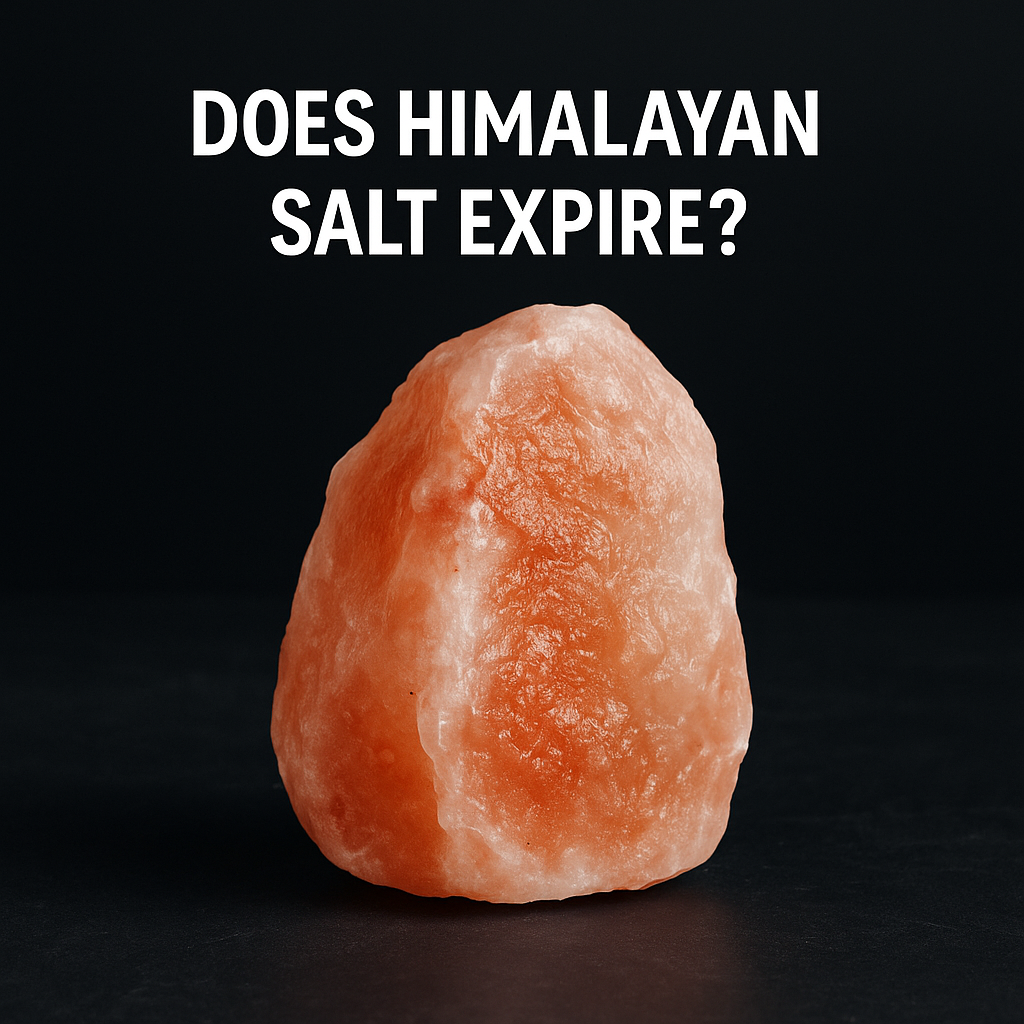What is Himalayan Salt?
Himalayan salt is a naturally occurring pink-colored salt that comes from the Khewra Salt Mine in Pakistan. It’s often called one of the purest forms of salt available today. This salt is believed to have formed millions of years ago, locked deep inside the mountains when ancient oceans dried up.
Unlike regular table salt, Himalayan salt is hand-mined and doesn't go through heavy processing. This keeps it in a more natural state. Its soft pink colour comes from small amounts of minerals like iron and magnesium, which are naturally present in the salt.
Composition of Himalayan Salt
Himalayan salt is made up mostly of sodium chloride, just like regular salt. What makes it different is the small amount of natural minerals found in it. These include trace levels of iron, calcium, potassium, magnesium, and zinc. These minerals are what give it the soft pink, orange, or even reddish colour tones.
The salt is harvested in large crystal form and then crushed into different grain sizes—fine, coarse, or blocks. Since it doesn’t go through harsh refining or bleaching processes, it stays in a more natural state. Some people prefer this unprocessed form because they believe it’s closer to how salt should be consumed.
Even though it contains some minerals, they exist in very small quantities. You wouldn’t use it as a major source of nutrients, but it’s still a flavorful and colourful choice for your kitchen.
Comparison with Other Salts
When compared to table salt, Himalayan salt looks, feels, and sometimes even tastes different. Table salt is heavily refined, usually bright white, and often includes anti-caking agents to keep it from clumping. It also has added iodine to help prevent iodine deficiency.
Himalayan salt, on the other hand, has no additives. It’s sold in its natural form and does not contain added iodine, which means people using it regularly should get iodine from other food sources.
Sea salt is another alternative to table salt. It’s collected from evaporated seawater and may have a flaky or coarse texture. Its mineral content depends on where it comes from. While both sea salt and Himalayan salt are less processed, Himalayan salt is mined from ancient rock layers, while sea salt is made from modern ocean water.
In terms of flavour, the differences are subtle. Some say Himalayan salt tastes more earthy or smooth, but the overall saltiness is similar across all types. The real difference comes down to texture, colour, and how natural you want your salt to be.
Culinary Uses and Advantages
Himalayan salt can be used just like any other salt in the kitchen. You can cook with it, sprinkle it over food, or even use it to season meats and vegetables. It comes in fine grains, coarse crystals, and even large blocks.
The pink salt blocks are also used for grilling and serving food. These blocks can handle heat and cold, so some people use them to cook steaks or keep desserts chilled at the table.
Because Himalayan salt is less processed, some people prefer using it over regular salt. Its look also makes it a popular choice for table salt grinders or gourmet meals.
Health Benefit Claims
Many people believe Himalayan salt can support different aspects of health. Some say it helps with hydration when added to water. It can help with digestion and balance fluids in the body.
Some users say it helps reduce muscle cramps or supports better sleep. It’s also common to hear that Himalayan salt can improve skin when used in baths or scrubs. Some even believe it can lift your mood when used in salt lamps or spa treatments.
People also use it to ease breathing by using salt inhalers or spending time in salt rooms. While many of these benefits are based on personal experience, they’ve made Himalayan salt very popular around the world.
Scientific Perspective
Some people believe that the minerals in Himalayan salt make it a better option than regular salt. While the amounts are small, they can still make a difference in how the salt feels and tastes.
That said, it’s important to understand that it’s still salt. Using too much of any salt isn’t a good idea. Himalayan salt isn’t a miracle product, but it can be a natural and attractive alternative to regular salt in your daily routine.
Risks and Safety
Even though it’s a natural product, Himalayan salt should still be used carefully. It doesn’t contain added iodine like iodised salt. Iodine is important for your health, so it’s a good idea to make sure you’re getting it from other foods like fish, dairy, or eggs if you’re using Himalayan salt often.
Like any salt, too much Himalayan salt can affect your body. It’s always best to use salt in small amounts and keep an eye on your daily intake.
Also, not all Himalayan salt is the same. Some low-quality salts may be mixed with other materials or not handled properly. That’s why it’s important to buy from trusted sources that keep their products clean and natural.
Non-Food Uses of Himalayan Salt
Himalayan salt isn’t just for food. It’s also used in many other ways at home and in wellness products.
One common use is in salt lamps, which are made from large chunks of pink salt with a light inside. Some people enjoy them for the warm glow they give off in a room.
Salt baths and scrubs are another popular option. Adding the salt to warm water or using it in skincare routines is said to refresh the skin and ease tired muscles.
Salt inhalers and salt rooms are also used by people looking for better breathing or relaxation. These products use dry salt to create a calming environment.
While these uses may not be for everyone, they’ve become part of many people’s daily routines.
Practical Guidance for Everyday Use
If you enjoy using Himalayan salt, here are some simple ways to make the most of it:
-
Use it to season your food just like regular salt. The taste and look can add something special to your meals.
-
Don’t rely only on Himalayan salt for your iodine. Mix things up by eating foods that give you the nutrients you need.
-
If you enjoy using salt lamps or bath salts, go ahead. Just don’t expect them to solve health issues.
-
Always buy your salt from reliable brands that care about quality and purity.
Conclusion
Himalayan salt stands out for its colour, natural origin, and mild taste. It’s a great choice for cooking, skincare, and even home decor.
While it’s not a health miracle, it does offer a more natural and appealing option compared to regular table salt.
The key is to use it wisely and enjoy it as part of your lifestyle.
If you want real Himalayan salt with no added junk, check out the products at Himalayan Salt Direct. We offer high-quality, hand-harvested salt straight from the source—perfect for your kitchen, your wellness routine, or even your gift list.

